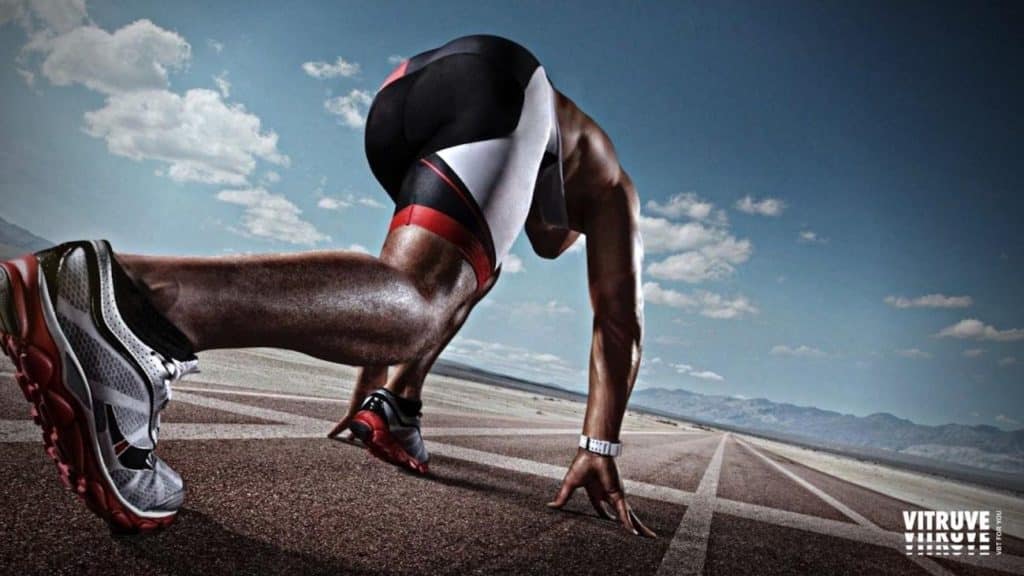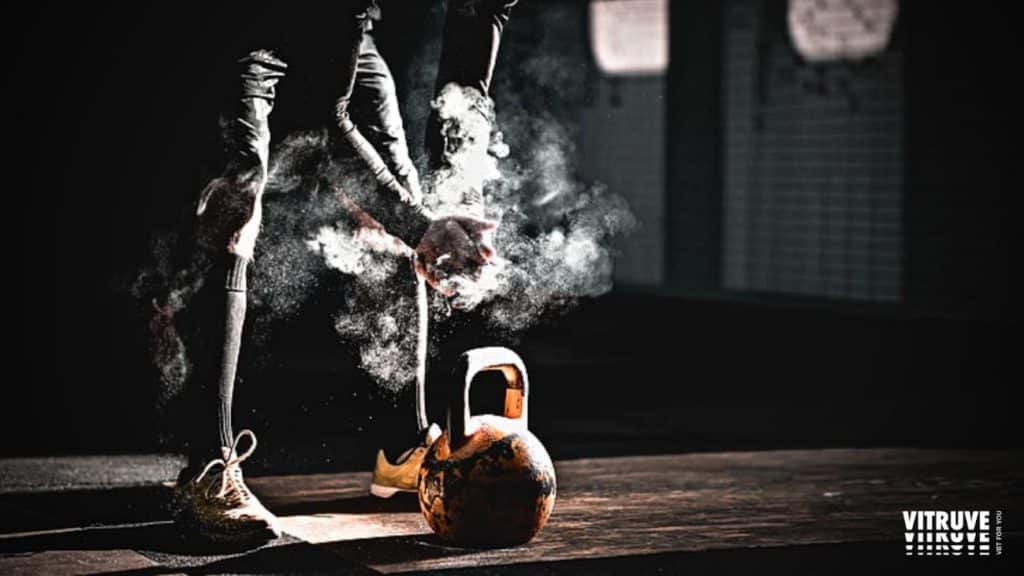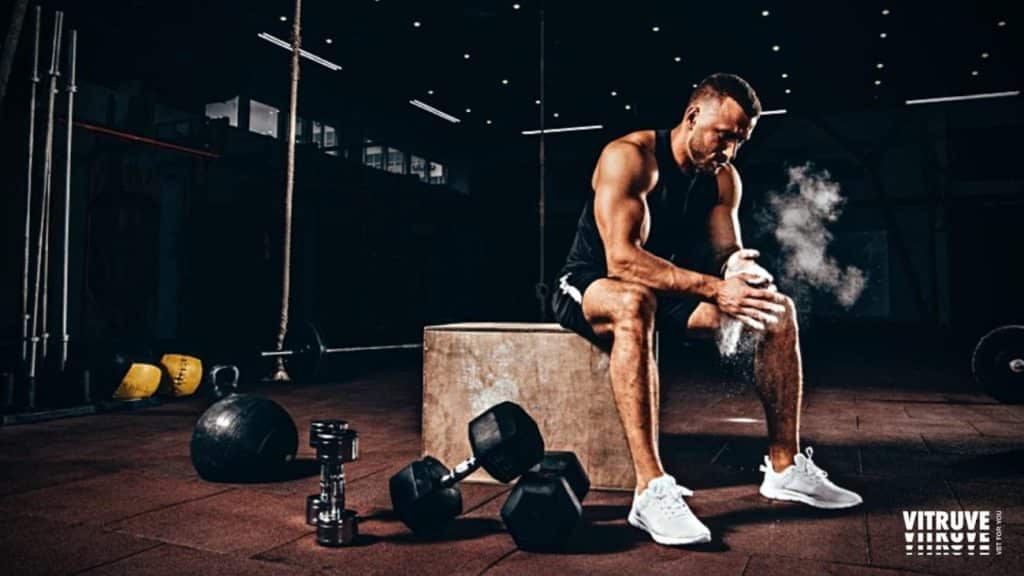12 de February de 2024
High-Performance Training For Professional Athletes
Competitive athletes are almost always characterized by their fast and powerful movements and outstanding fitness. But how exactly do the professionals get so fit? Are you just lucky and have impressive genetics? Is it the professional trainers who deal with the athlete day in and day out? Instead, the total package of genetics, training, nutrition, and care counts.
In recent years, the rather special fitness training, especially with Crossfit and outside of professional sport, has found more and more fans. High-performance training contributes a lot however because on the one hand it is a very fun change from the conventional gym routine and on the other hand it is extremely effective to reach your maximum potential.
We can learn a lot from the training methods of competitive athletes. The so-called High-performance training with the sometimes simple and sometimes extraordinary workouts is effective. Below we will talk about some of the training methods to optimize your performance as an athlete.
Adaptive resistances
Basic movement sequences with adaptive resistances: Competitive athletes and their coaches know that they have to perform certain exercises or movement sequences explosively. With this type of movement, the exercises with a slightly lighter weight are very explosive – that is, performed very quickly.
Due to the immense acceleration, the muscle fibers and nerve tracts are conditioned to an explosive execution of the movement. This not only makes the athlete faster but also stronger. Martial artists will use the phrase “Speed Kills!” know. With the help of aids such as chains and ribbons, additional external resistance is generated. When used correctly, these resistances can enormously improve the ability to accelerate when moving loads.

Sprints & HIIT
In almost all common sports, maximum performance is only really required in short, interval-like intervals. For the sake of clarity, think of the football player who, in the crucial situation, leaves his opponent and marches to the goal. Or the boxer who sees the gap and explodes with full force and speed. No athlete in the world can maintain these “sprints” throughout the evening.
To be able to call up the full performance again and again in decisive situations, the appropriate rest or recovery phases are required. The average exercise time is usually between 3-8 seconds, followed by a 35-45 second break. For optimal preparation for these high-performance intervals, the athlete should train in at least the same load intervals that are anchored in his sport.
High-intensity interval training (HIIT) is ideally suited for this and can be most easily integrated into the training program with the classic sprints.
The plyometric training
The term plyometric, like so many others, comes from Greek and stands for a special form of speed-strength training. For all possible disciplines, strength is a decisive factor with which the overall performance can be improved. This is the focus of the training method – bodybuilding plays a rather subordinate role.
So it is especially interesting for sports that involve short-term strength development. In addition to martial arts, for example, the various ball sports or certain disciplines in athletics. Top athletes use the method to optimize their strength training and to achieve more power. Various studies have shown the positive effects of plyometric training.
The principle is based on greater muscle pretension, with which higher forces can be called up faster, especially in the short term. All possible muscle groups can be trained accordingly with suitable exercises.

Push-Pull-Carry
Many athletes want or need to gain weight and strength during the off-season. Experienced athletes typically do this by lifting, pushing, pulling, or carrying heavyweights. The entire musculoskeletal system and the central nervous system are challenged by moving the heavy load.
In order to survive, the whole organism tries to adapt to the load, whereby the athlete becomes immensely stronger. In sports such as wrestling, football, and rugby, this method is used to develop bigger, faster, and stronger players. A good training session here would be e.g. the lunge with relatively heavy kettlebells.
Medicine balls
You probably know medicine balls from your school days. In fact, your sports teacher at the time was not so wrong, because training with the rather unwieldy, large balls is particularly effective. By using the entire musculature in e.g a “medicine ball slam” will train your general fitness and athleticism without boredom.
At the same time, slamming the ball on the floor or against the wall is an ideal stress reliever. Boxers, wrestlers, and track and field athletes in particular train regularly with the medicine ball, as both strength, endurance and speed are required and promoted.
Targeted training analysis
Have you been training your heart out for some time, but secretly have the feeling that this is not necessarily reflected in the desired results? You may be simply training incorrectly – or rather, the units do not perfectly match your performance level or other individual criteria.
A few years ago the individual footballers in a team completed their daily workload together, but things look very different today. A meticulously coordinated program is developed for each individual athlete in order to be able to work specifically on the weak points.
Extensive analysis and permanent monitoring of physical parameters and performance points is not only the basis for the professionals. The aim is not only to set up completely individualized training units but also to be able to react directly to improvements or deteriorations in performance and to take countermeasures.

A wide variety of body and fitness trackers have now found their way, even into everyday training outside of professional sports. They have also become not only more affordable but also more precise in recent years. They can be used to find out important data and information on the individual fitness level. You can not only document the duration of the training, kilometers covered or calories burned, but also record various body data during training – such as the heart rate during exercise.
Most of the analysis devices can be linked to an associated app. These already offer additional tools for evaluating the data. Above all, the visual processing and transmission in graphics or clear statistics can already provide more information about the personal training course or individual successes.
Conclusion
Knowledge is everything. The better you know about new exercise methods, the right sports nutrition, or your individual performance development, the more you benefit from efficient training. While most professional athletes are looked after and supported by a whole army of experts, you also have to take action yourself and find out what works for you to get the desired results.

